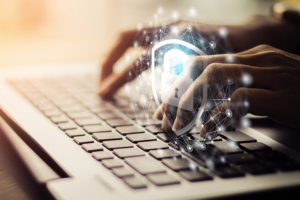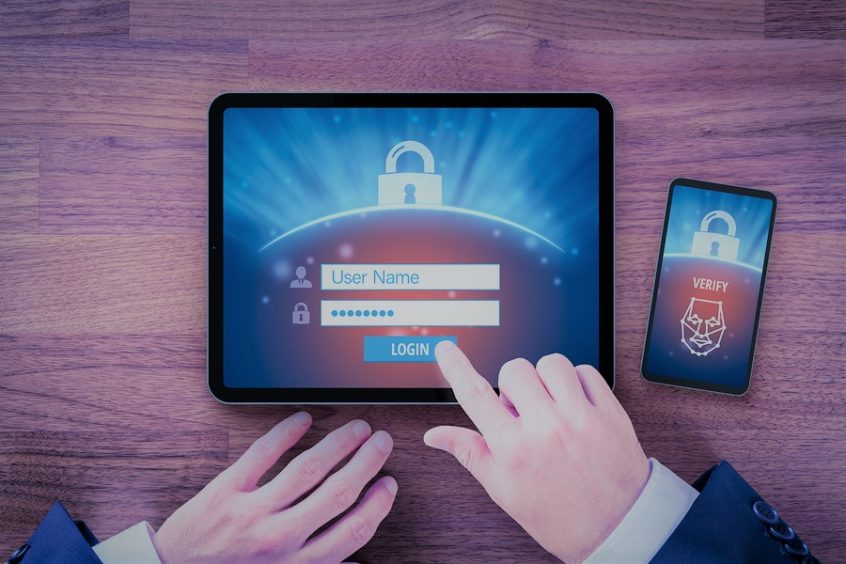MFA: What is it?
Multi-factor authentication (MFA) is a security process that ensures a user is granted access only after supplying 2 or more credentials to authenticate their identity. The username and password is generally the first authentication credential. The second is typically a code from a security token or a code sent via text or email. The purpose of the extra authentication is to create an additional security barrier between an unauthorized person and the target they are trying to breach. If one of the factors is compromised, there is still at least one additional barrier to breach before access is granted.
Isn’t my Password Enough Security?
In short, no. Phishing emails are opened 30% of the time, allowing attackers access to your company’s email accounts. Nearly 6 in 10 people (59%) use the same or similar password for most of their on-line accounts (Source1). Once cyber attackers have access to one account, it’s easy to breach multiple accounts.
 Don’t Most Breaches Happen to Big Organizations?
Don’t Most Breaches Happen to Big Organizations?
Two out of every three (67%) of small to mid-sized businesses were compromised by a security breach in 2019 (Source2). Multi-factor Authentication (MFA) is being utilized by 62% of large organizations to avoid security breaches. Only 38% of small/mid-sized companies are currently using MFA technology. When you choose convenience over security, you put yourself and your company’s data at risk of being compromised.
Easy & Effective
While it’s unrealistic to eliminate all on-line attacks, there are simple steps you can take today to reduce the likelihood of your organization becoming a victim. MFA does not require external hardware devices, is easy to implement and the best part: 99.9% of account compromises can be avoided by utilizing multi-factor authentication (Source3).

